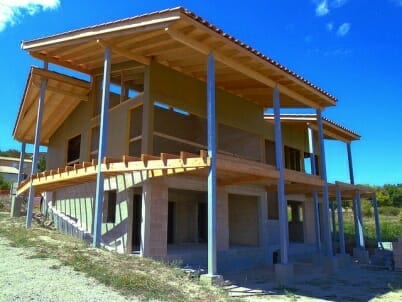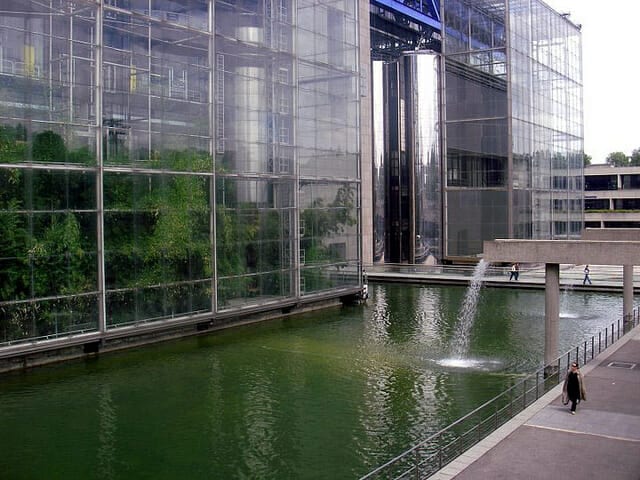
Bioclimatic Buildings: Their Benefits, Features & Challenges

HVAC systems are one of the most energy-intensive components in a building; however, modern architectural designers are aiming to reduce the impact of the heating and cooling processes. Bioclimatic buildings are built with design and construction methods that are based on the local climate. They aim to be comfortable and aesthetically pleasing by using solar energy and other eco-friendly sources. Instead of fighting nature, this type of architecture works with nature, and its principles date back many centuries.
And according to Architect Magazine, some excellent career opportunities exist in the field of design for these types of buildings. Let’s take a closer look at what bioclimatic building are and where the challenges lie.
Features of Bioclimatic Buildings
“If you look at older buildings, you see that people were very good at adapting to climate to get the maximum performance, but we kind-of got lazy once air conditioning and electric light came along at the turn of the last century,” says Patrick Leonard, the director of Paladino and Co., a green building consultant based in Seattle.
These are some of the most common features of bioclimatic buildings:
- Consider weather, ecosystems, and hydrography of the environment to maximize performance and lessen overall impact
- Leverage wind and sunlight patterns
- Use locally sourced building materials
- Utilize low-impact construction techniques
- Reduce energy consumption for heating, cooling, lighting, and equipment
- Minimize overall energy balance throughout construction and during use
A Case Study
One good example of a bioclimatic building is the Tower at PNC Plaza in Pittsburgh. Standing 33 stories tall, it was designed by Paladino and Co. and Gensler. Andrew Lee, a senior consultant at Paladino, shared that the tower is “passively ventilated through a solar chimney, similar to those found in termite mounds, for nearly half of the year.”
This building provides a work place for more than 2,000 people and incorporates green technology. In fact, it was designed to be the greenest office tower in the world by using certain types of green technology, such as a double-skin façade and a solar chimney.
Challenges of Bioclimatic Buildings
One of the biggest challenges of these types of buildings is proving their financial benefit on a tangible level. In the PNC Plaza example referenced above, the bank conducted a study of how productive their employees were in one building type versus another to prove this point.

It’s essential that designers take climate, vegetation, soil geography, and topography into account while making building plans to create a comfortable place for people to work and live. A deep knowledge of solar gain, natural ventilation flows, heating solutions, and insulation are required to harness the power of nature to benefit construction and the environment. For example, reflective colors and surfaces can be used to protect buildings from the summertime sun, and passive cooling systems can remove heat that accumulates during the summer through natural ventilation at night.
Remember that everyone who uses a building affects its energy performance, and this use is costly in terms of both money and environmental damage. Just as we protect our bodies from the elements of nature, we must also protect our buildings by using suitable insulation, reducing glare, and practicing good habits like closing blinds and windows. Bioclimatic buildings are one branch of green construction technology, and an important branch that can help curb energy consumption and make life more comfortable and affordable.
Photo credit: xckuk and Hugh Dutton Associés via Flickr



